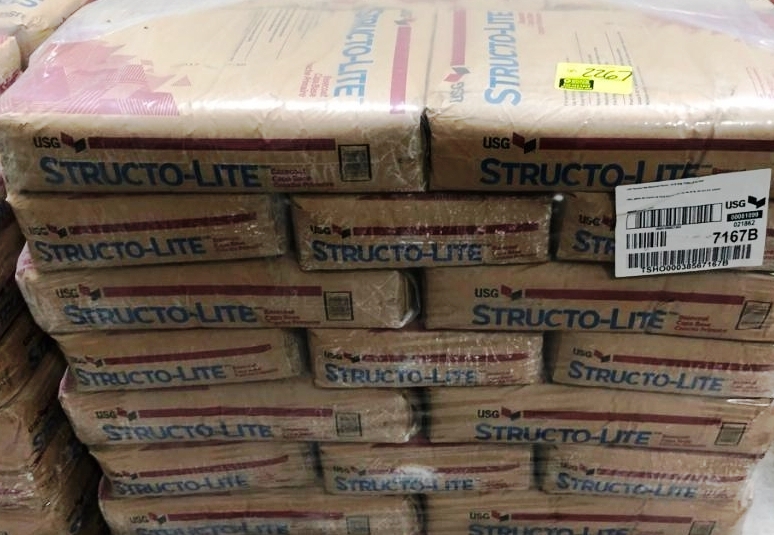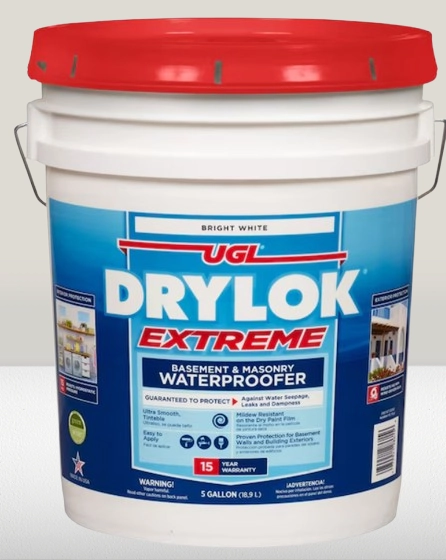Structo-Lite Cracking

One of the greatest basecoat plasters available is USG’s Structo-Lite. Because Structo-Lite is lightweight and has a high thermal conductivity, both professional contractors and do-it-yourselfers prefer using it.
Additionally, Structo-Lite basecoat plaster is very resilient and readily adapts to various shapes. It can be used on a variety of surfaces, including metal lath, clay, gypsum, and concrete.
Like all plasters, Structo-Lite is prone to cracking despite its numerous remarkable properties.
This post will list the typical reasons why Structo-Lite cracks and offer professional advice on how to avoid it.
Typical Reasons for Structo-Lite Breaking
1. Too Quick Structo-Lite Drying
Almost all forms of plaster are not affected by this issue. Structo-Lite is likely to crack before its time if it is allowed to dry too quickly.
This frequently occurs when Structo-Lite is used on a surface that absorbs moisture from the plaster, such as concrete or brick.
You can take a few precautions when installing Structo-Lite to keep it from drying out too quickly. Wetting the surface is a good place to start.
When you water a brick wall while plastering, you stop the surface from absorbing the moisture in the Structo-Lite, which causes cracks to form.
Using a bonding agent is another way to stop the Structo-Lite from cracking due to drying too quickly.
Better adhesion will be encouraged by this bonding agent. You may be absolutely certain that the Structo-Lite won’t dry too quickly if you use a bonding agent and moisten the walls prior to installation.
2. The substrate’s cracks
It’s likely that the walls in an older house have cracks if you’re plastering it. The Structo-Lite basecoat plaster in this instance is the next surface, and unfortunately, cracks on one wall are easily transmitted to it.
You must repair any gaps in an old wall before putting plaster if you find yourself plastering it. Remove any loose items from the cracks first.
Before applying caulk, make sure the area is roughed up. It’s a good idea to add reinforcements, such metal lath and caulk, if the fissures are too large and deep.
By using such a foundation, you may stop the surface of your Structo-Lite basecoat plaster from becoming affected by the fissures on your wall.
3. Excessive Water Use
Mixing Structo-Lite with too much water is another error that can cause cracks to form. Structo-Lite’s molecular strength is weakened by excessive water. It begins to crack as soon as it is applied.
A 50-pound bag of Structo-Lite should be mixed with 3 to 3.75 gallons of water, according to USG. A stiff viscosity, rather than one that flows too easily, is what you want when you first start mixing.
It could be tempting to use a lot of water because it makes spreading the mixture easier. However, doing so weakens the adhesive and increases the likelihood of cracks in the Structo-Lite.
Please follow the suggested combination ratios to avoid this issue.
4. Using Structo-Lite Thick Layers
Structo-Lite basecoat plaster should ideally have a thickness of 12 to 20 mm. Despite being a lightweight plaster, Structo-Lite begins to split as it dries when put in very heavy quantities.
Avoid using thick coats of Structo-Lite during installation. Don’t overdo it, even if you want to apply multiple coats.
5. Applying Structo-Lite Expired
Using an expired product is another reason why Structo-Lite can be breaking. Structo-Lite has a very short shelf life of only one to two years, which most people are unaware of.
Pay attention to the dates on the bag if you have Structo-Lite that you have kept for a long time and wish to use to plaster your walls.
Using an expired Structo-Lite can result in a few different outcomes. The Structo-Lite won’t set, to start. Second, because of its low adherence, the dry Structo-Lite might shatter.
Using an outdated bag of Structo-Lite could save you a few dollars, but it might get you into more serious trouble. Every time you have a plastering job, it’s safe to purchase a fresh bag.
Be sure to utilize the entire quantity. You can always offer it to a friend or relative who has an urgent project if any is left over.
6. Internal Foundation Movements
Not all Structo-Lite cracks happen while it’s drying. It can occasionally occur months or years later. Movement within the foundation is one of the most frequent causes of Structo-Lite breaking months or years after installation.
Masonry components like ceilings and roofs might occasionally be susceptible to movement. When Structo-Lite is being installed, it may readily conform to different shapes and patterns, but after it dries, it loses its flexibility. As a result, these movements put stress on the plaster, which causes fractures.
Other than patching the fractures, there isn’t much you can do about movements within the foundation.
7. The Structo-Lite Plaster’s shrinkage
Although Structo-Lite is a premium plaster, it is prone to shrinkage. And when that occurs, the plaster may develop fractures very quickly.
When you combine Structo-Lite with a lot of water, the swelling gets worse. Structo-Lite will shrink less the drier it is. For that reason, whenever you combine it with water, you should always aim for a thicker consistency.
What Kinds of Structo-Lite Cracks Are There?
After learning about the typical reasons why Structo-Lite cracks, let’s look at the many kinds of cracks that can appear on Structo-Lite plaster:
- Hairline cracks: On Structo-Lite, these are the smallest cracks that might appear. Frequently, they are less than 0.1 mm.
- Fine cracks: These can be up to 1 mm wide and are a little larger.
- Easy-filled cracks: These are cracks that are up to 5 mm wide. The most prevalent kind of cracks in Structo-Lite plaster are easy-filled ones.
- Cracks in door and window frames: As the name implies, these cracks appear on the plaster that surrounds the window and door frames. They can be about 20 mm wide and are frequently larger.
- Structural Cracks: These are cracks that are wider than 25 mm. Movements within the foundation are typically the source of structural fissures.
It will be more challenging to patch or cure a larger break in your Structo-Lite plaster.
Can Structo-Lite Crack Due to Weather?
The weather has a significant impact on how effectively your Structo-Lite plaster sets. USG recommends drying Structo-Lite at about 55 degrees Fahrenheit. Failure could result from anything more or less. The following are some ways that weather can cause Structo-Lite to malfunction.
- The surplus heat will hasten the drying process if the plastered wall or ceiling is exposed to direct sunlight. Surface cracks will appear if the liquid evaporates too soon.
- There’s a good probability that excessive aeration will result in premature drying and ultimately cracking if you install Structo-Lite under windy conditions.
- Lastly, the Structo-Lite’s setting time will be prolonged if it is exposed to moisture from rain or excessive humidity. Small cracks could begin to appear.
How Can Structo-Lite Cracks Be Fixed?
There is a method for filling and repairing any fractures you may find on the finish after installing Structo-Lite. But not every crack can be fixed. You might need to reinstall a new Structo-Lite plaster because structural flaws are frequently more serious.
For Structo-Lite, you can fix hairline and easy-filled cracks by applying caulk and glue. Prior to applying caulk with a bonding agent, make sure you remove any remaining dust.
After that, you can let it dry and smooth the finish. Prior to fixing Structo-Lite cracks, you need to determine the root cause. This is the most effective method to stop the issue from happening again.

